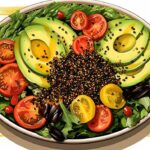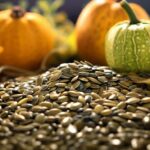Are you fascinated by the compelling tale of a superfood that has stood the test of time?
Join us as we delve into the rich history of the chia seed, a tiny powerhouse packed with incredible health benefits.
From its ancient origins to its resurgence in modern times, we’ll explore how indigenous cultures cultivated this remarkable seed and how it has become a staple food for many.
Get ready to uncover the secrets of the seed of power!
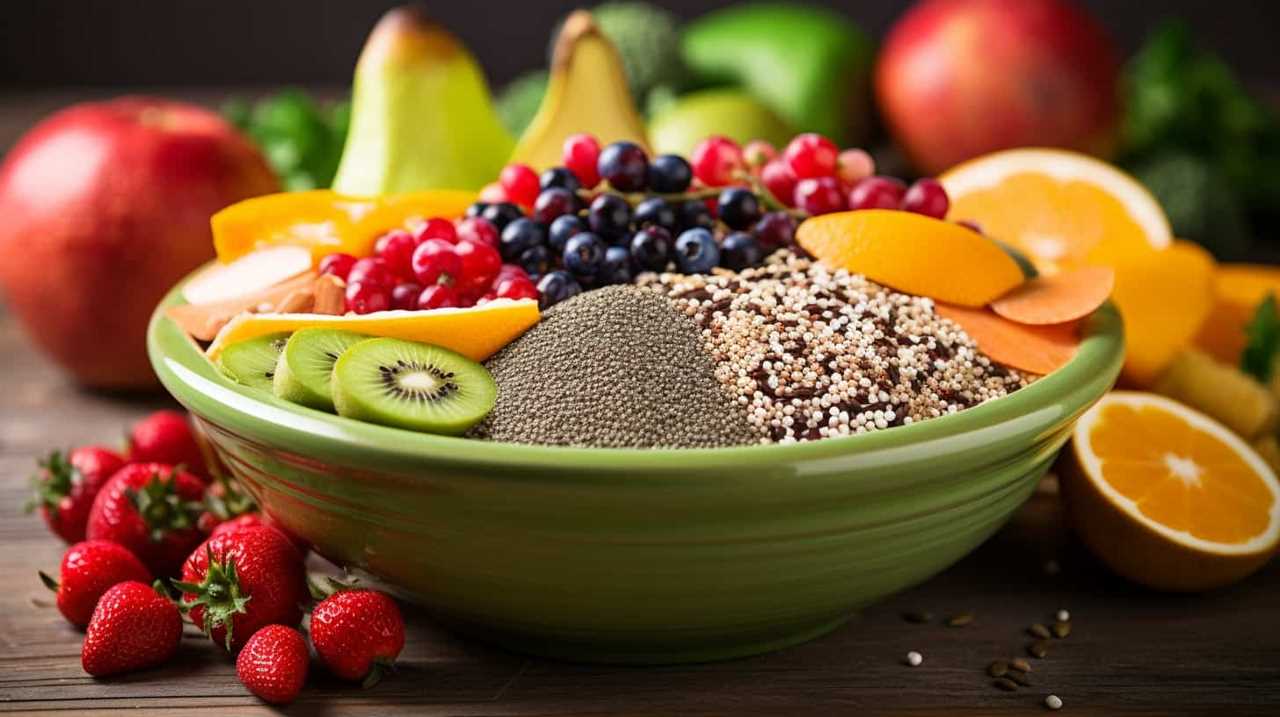
Key Takeaways
- Chia seed has been cultivated and consumed for thousands of years, with ancient civilizations like the Aztecs and Mayans considering it a sacred food.
- Indigenous cultivation techniques for chia seed involved sustainable farming practices, crop rotation, organic fertilizers, and companion planting to preserve biodiversity and sustain communities.
- Chia seeds were commonly used in Mesoamerican civilizations for their nutritional benefits and culinary uses, such as in beverages like ‘chia fresca’ and traditional foods like tortillas and tamales.
- Chia seeds have experienced a modern resurgence in the health food industry due to their high fiber, protein, omega-3 fatty acids, and antioxidant content, providing health benefits like improved digestion, weight loss support, and blood sugar regulation.
Ancient Origins
In our journey through the history of superfoods, we explore the ancient origins of a remarkable seed. This seed, with its rich historical significance, has been cultivated and consumed for thousands of years. Ancient civilizations recognized its nutritional benefits and harnessed its power to nourish and sustain their communities.
The historical significance of this seed can be traced back to ancient civilizations such as the Aztecs and Mayans, who considered it a sacred food. They believed it to be a source of strength and vitality, and it was often used in religious ceremonies. These civilizations understood the nutritional benefits of the seed, as it’s packed with essential nutrients and antioxidants.
Even today, this seed continues to be revered for its nutritional properties. It’s a great source of protein, healthy fats, fiber, and various vitamins and minerals. Incorporating this seed into our diet can provide numerous health benefits, including improved digestion, increased energy levels, and enhanced immune function.
As we delve deeper into the history of this remarkable seed, we uncover its remarkable journey from ancient times to the present day, and the countless lives it has touched with its incredible nutritional benefits.
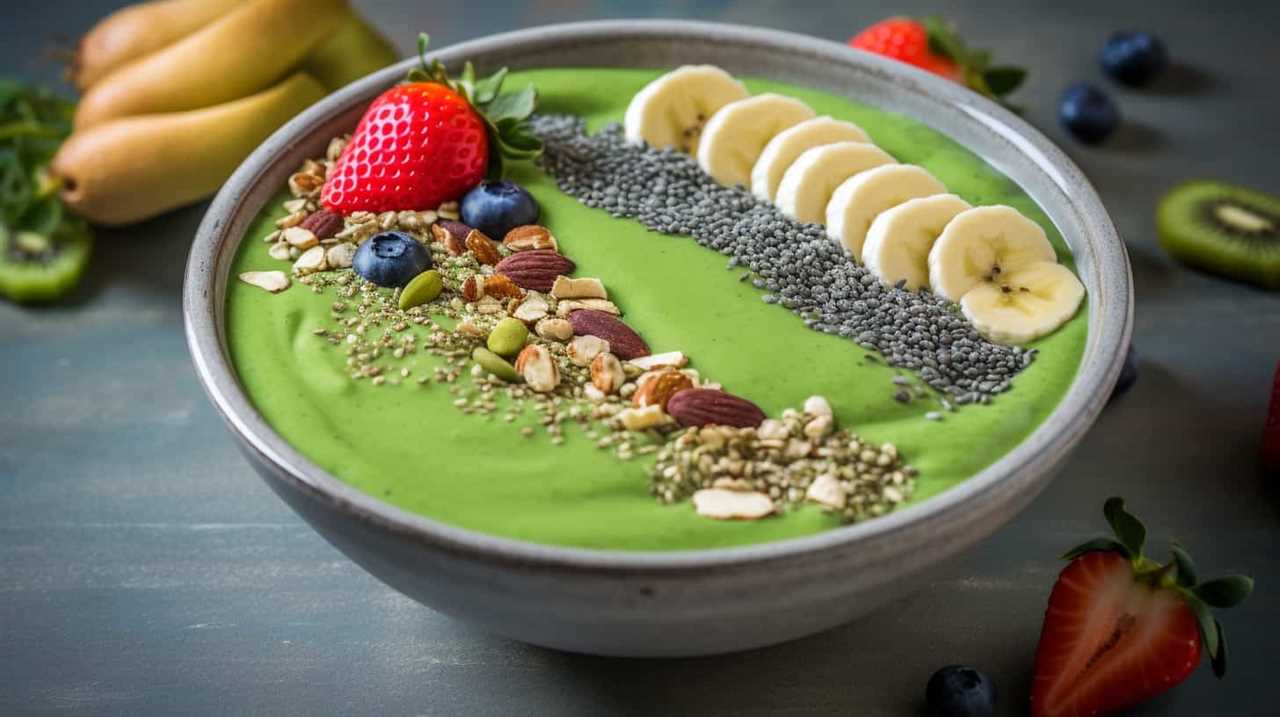
Indigenous Cultivation Techniques
Our ancestors developed innovative cultivation techniques for harnessing the power of this remarkable seed. Through intergenerational knowledge transfer, they passed down sustainable farming practices that allowed the cultivation of this superfood to thrive. They understood the importance of maintaining the health of the soil, ensuring its fertility for future generations.
By rotating crops and utilizing organic fertilizers, they created a balanced ecosystem that supported the growth of the seed. Additionally, they practiced companion planting, intermixing different crops to maximize their potential and reduce pests naturally. These indigenous cultivation techniques not only sustained their communities but also preserved the biodiversity of the land.
Today, we continue to honor their legacy by incorporating these sustainable practices into modern farming methods, ensuring the continued success and availability of this powerful superfood.
Chia in Mesoamerican Civilizations
Throughout Mesoamerican civilizations, the cultivation and utilization of chia seeds played a significant role in the daily lives of our ancestors. Chia seeds weren’t only used for their nutritional benefits but also for their culinary uses. These tiny seeds were highly valued for their versatility and ability to enhance the flavor and texture of various dishes.
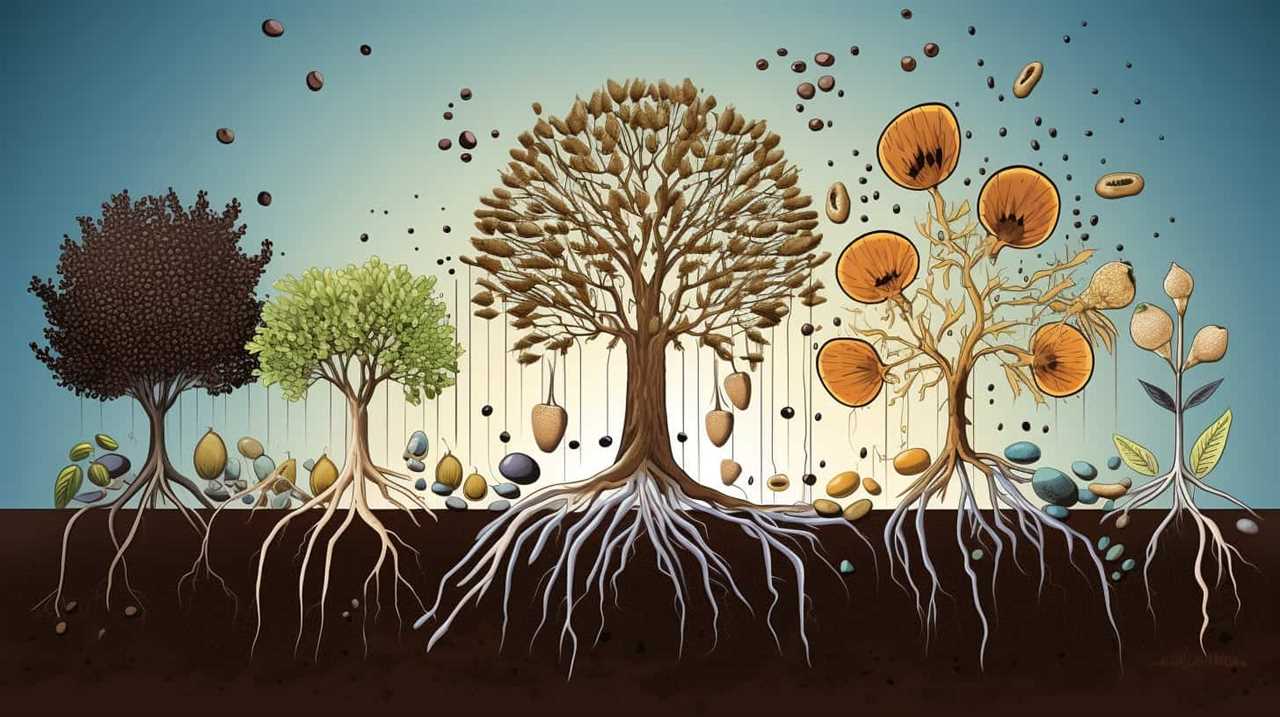
Chia seeds were commonly used in beverages, such as a refreshing drink called ‘chia fresca,’ which combined the seeds with water, lime juice, and sweeteners. Additionally, chia seeds were incorporated into traditional Mesoamerican foods like tortillas and tamales, adding a nutritious boost to these staples.
The people of Mesoamerica recognized the incredible nutritional value of chia seeds, which are rich in omega-3 fatty acids, fiber, protein, and antioxidants. With their culinary uses and nutritional benefits, chia seeds became a staple in the Mesoamerican diet, shaping the way our ancestors nourished themselves.
Chia as a Staple Food
Chia seeds continued to be a dietary staple, providing essential nutrients and culinary versatility in Mesoamerican civilizations. These tiny seeds weren’t only packed with nutritional benefits but also used in a variety of delicious chia recipes.
The Aztecs and Mayans recognized the power of chia as a source of sustainable energy, making it an integral part of their diets. Chia seeds were rich in omega-3 fatty acids, fiber, protein, and antioxidants, making them an excellent addition to any meal. They were often ground into flour or soaked in water to create a gel-like substance that could be used in cooking and baking.
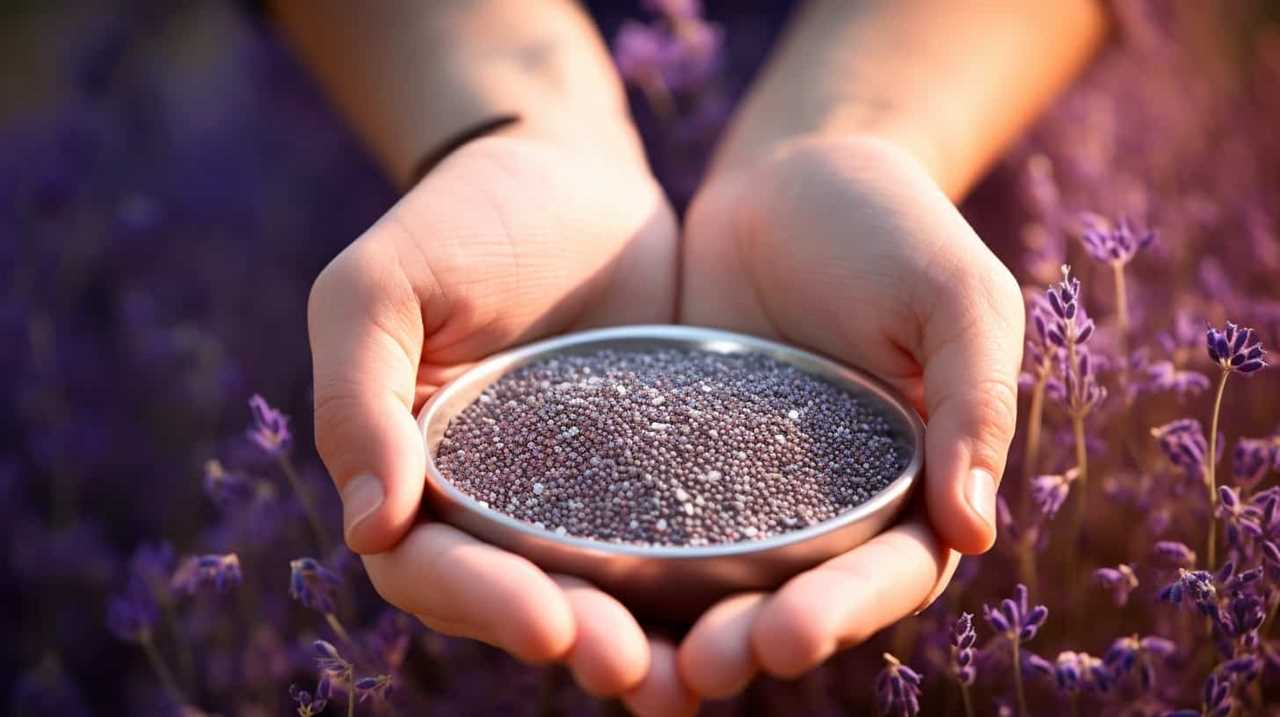
Chia recipes included beverages, porridges, breads, and even desserts. Today, we can still enjoy the culinary versatility and health benefits of chia seeds by incorporating them into our own diets.
Chia’s Modern Resurgence
As we delve into the topic of Chia’s Modern Resurgence, it’s important to highlight the remarkable impact this superfood has had on contemporary diets and lifestyles.
Chia seeds have gained immense popularity in the health food industry due to their numerous nutritional benefits. These tiny seeds are packed with fiber, protein, omega-3 fatty acids, and antioxidants. They’re also a good source of vitamins and minerals such as calcium, magnesium, and phosphorus.
Chia seeds are known to promote healthy digestion, aid in weight loss, and regulate blood sugar levels. They can be easily incorporated into various dishes, from smoothies and puddings to baked goods and salads.
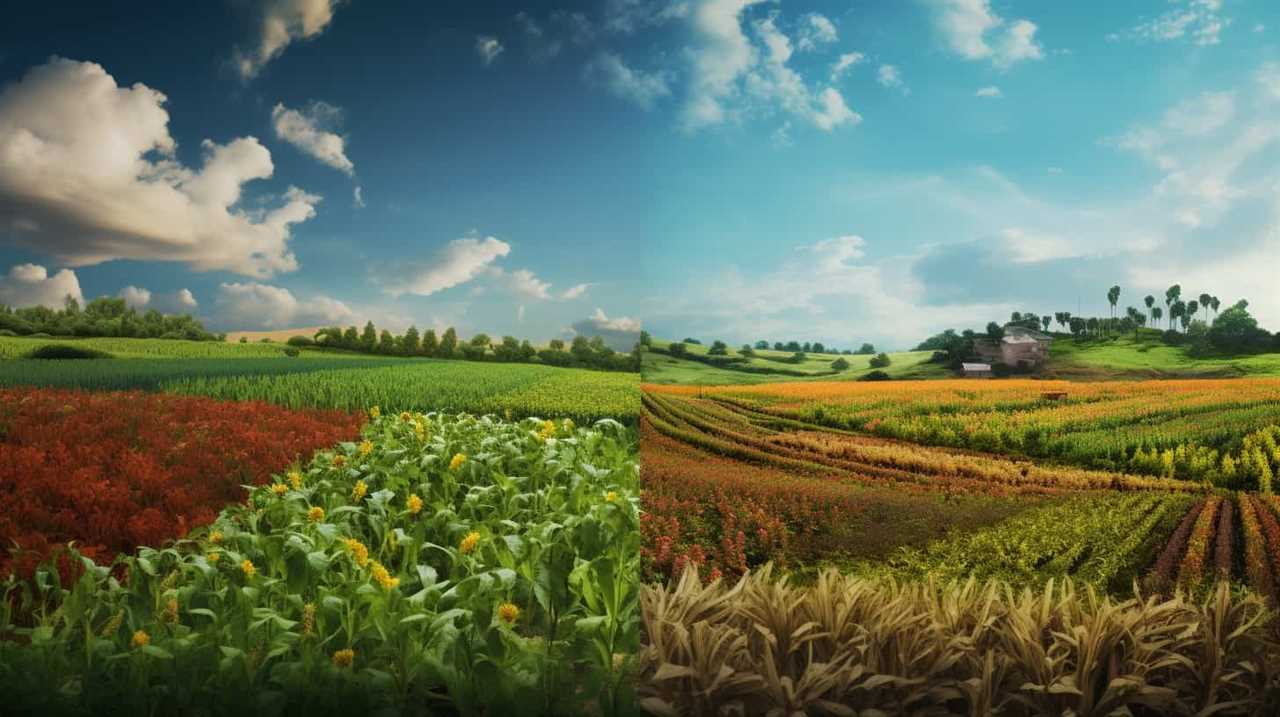
With their versatility and health benefits, it’s no wonder that chia seeds have become a staple in many health-conscious households.
Frequently Asked Questions
How Did the Ancient Civilizations Discover the Health Benefits of Chia Seeds?
Ancient origins of chia seeds reveal their cultural significance and health benefits. Through trial and error, ancient civilizations discovered the nourishing properties of chia seeds, leading to their incorporation in their diets for vitality and well-being.
What Are Some of the Traditional Uses of Chia Seeds Among Indigenous Cultures?
Traditional uses of chia seeds among indigenous cultures include incorporating them into rituals and ceremonies, consuming them as a source of energy during long journeys, and using them to make nourishing beverages. The cultural significance of chia seeds is deeply rooted in their traditional preparation methods.
Are There Any Historical Records of Chia Seeds Being Used for Medicinal Purposes?
There is historical evidence of chia seeds’ medicinal use. Indigenous cultures have long recognized the healing properties of chia seeds, using them as a natural remedy for various ailments throughout the centuries.
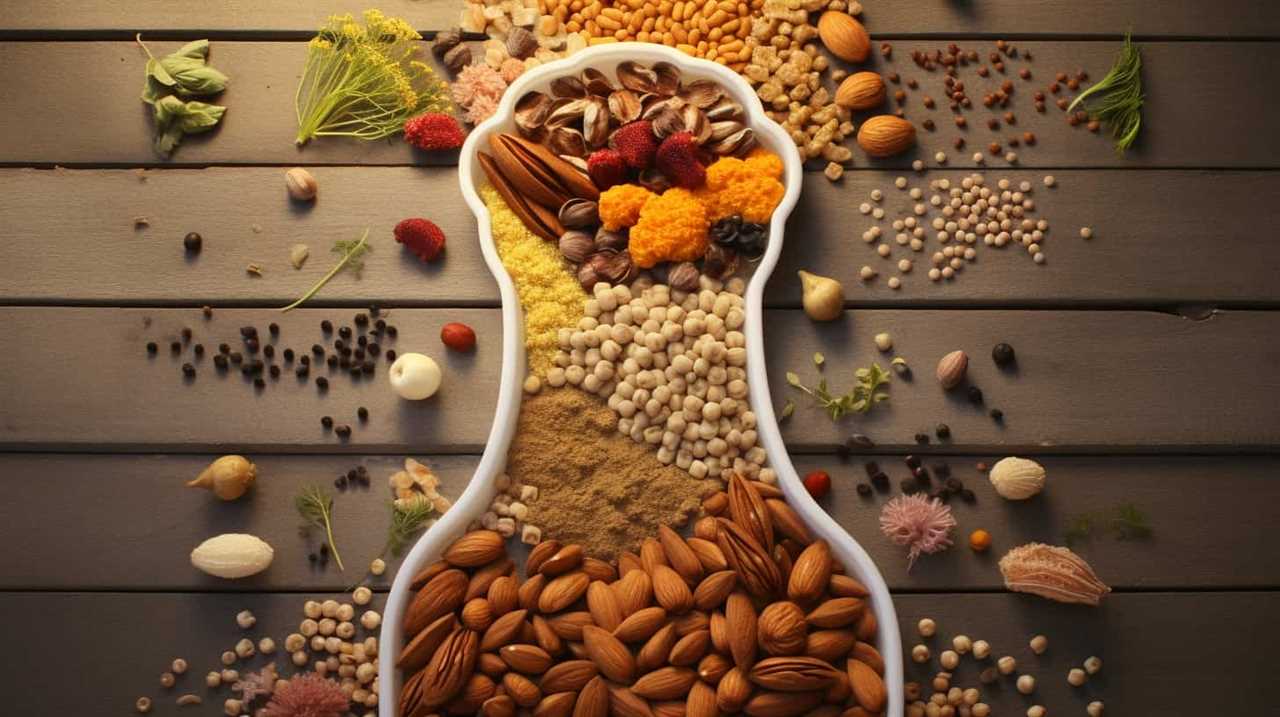
How Did the Popularity of Chia Seeds Decline After the Mesoamerican Civilizations?
The popularity of chia seeds declined after the mesoamerican civilizations due to factors such as changes in dietary preferences, cultural shifts, and the introduction of new crops. These changes led to a decrease in the consumption of chia seeds.
What Are Some of the Innovative Ways Chia Seeds Are Being Used in Modern Cuisine?
Incorporating chia seeds into modern desserts has become increasingly popular. They can be used as a vegan egg substitute, adding a nutritious twist to cakes, muffins, and cookies. It’s a creative way to enjoy the benefits of this superfood.
Conclusion
In conclusion, the history of the chia seed is a testament to its enduring power and significance.
From its ancient origins to its modern resurgence, chia has played a vital role in indigenous cultures and continues to be celebrated as a superfood.
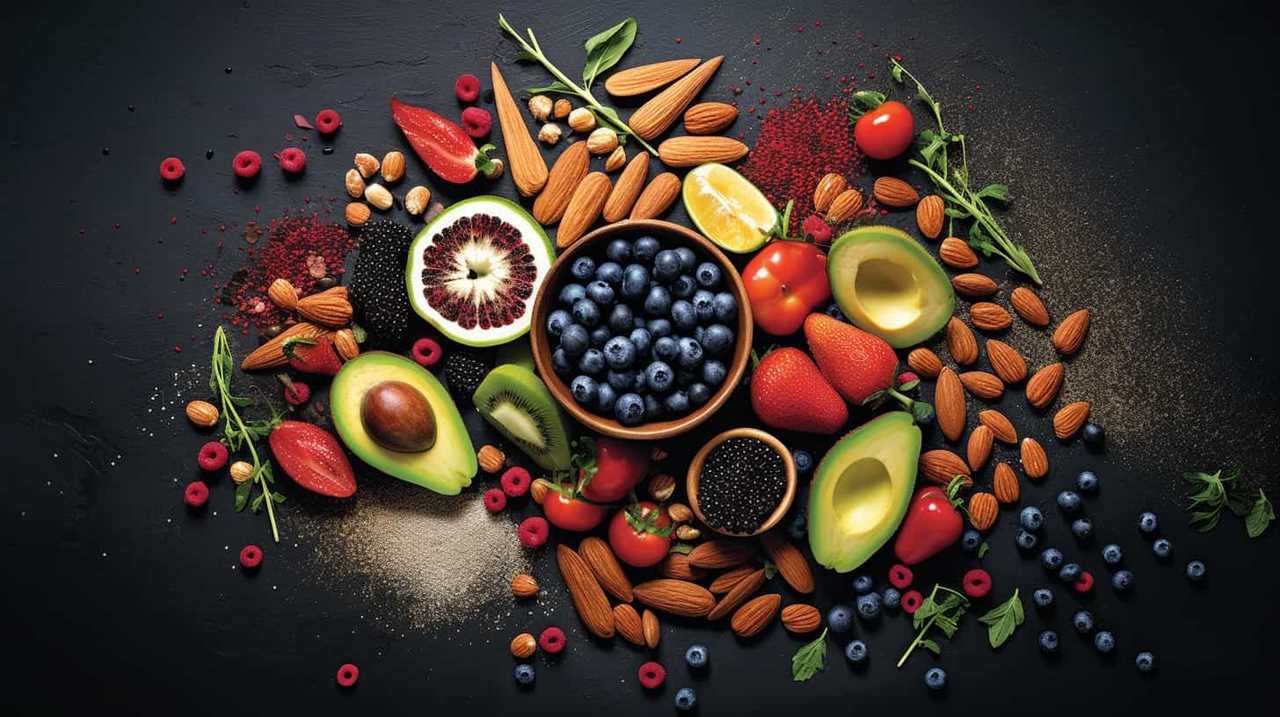
Its cultivation techniques have been passed down through generations, and its status as a staple food in Mesoamerican civilizations speaks to its nutritional value.
Today, chia remains a symbol of health and wellness, a small seed with a big impact.






